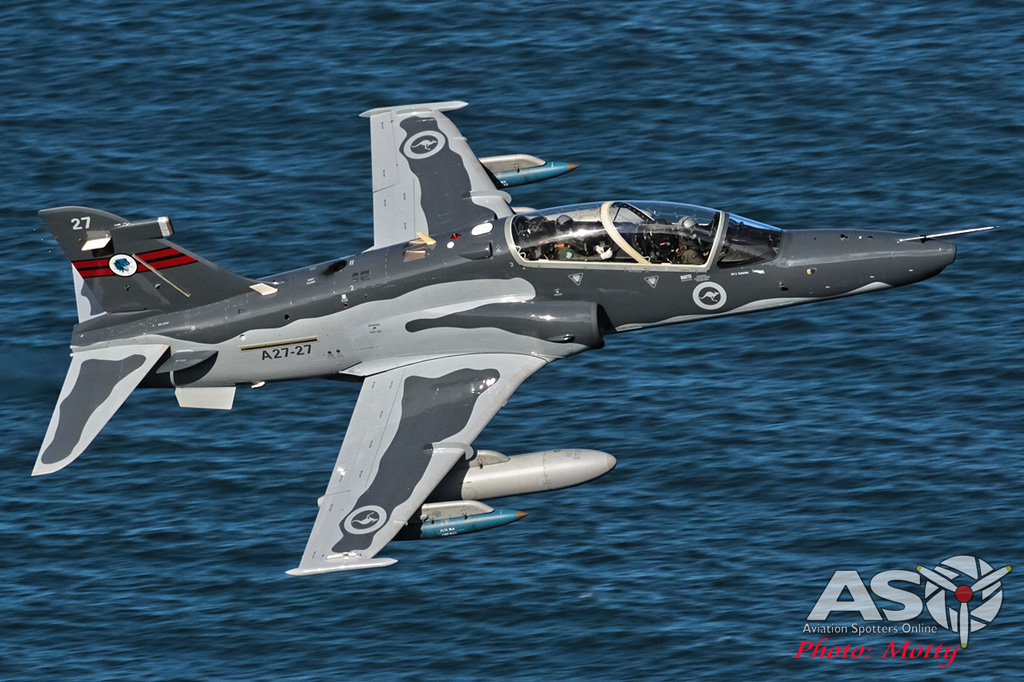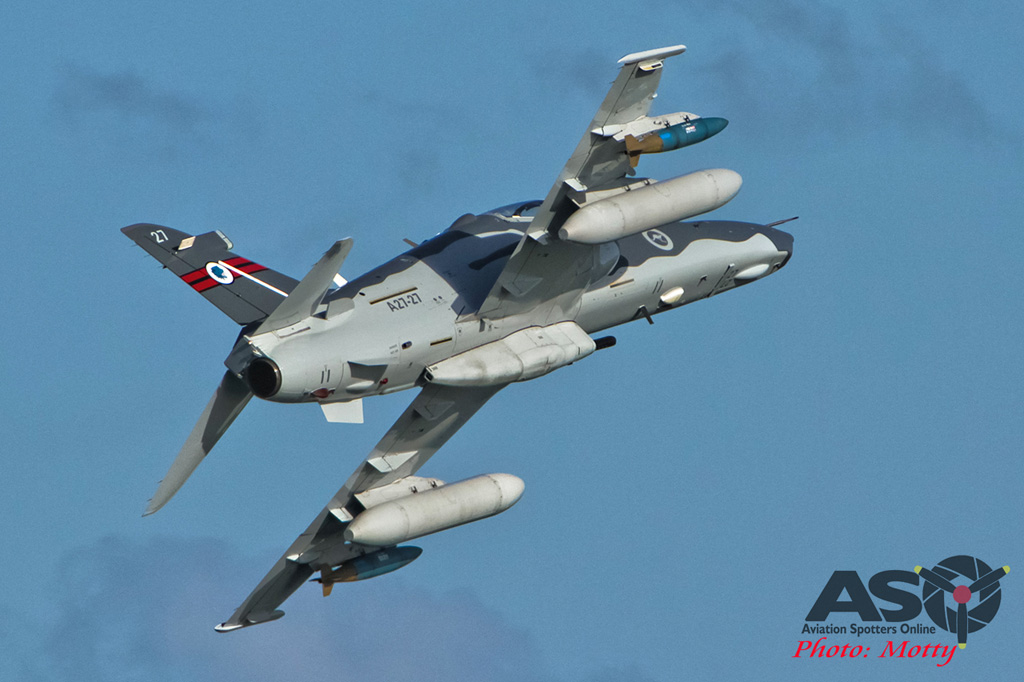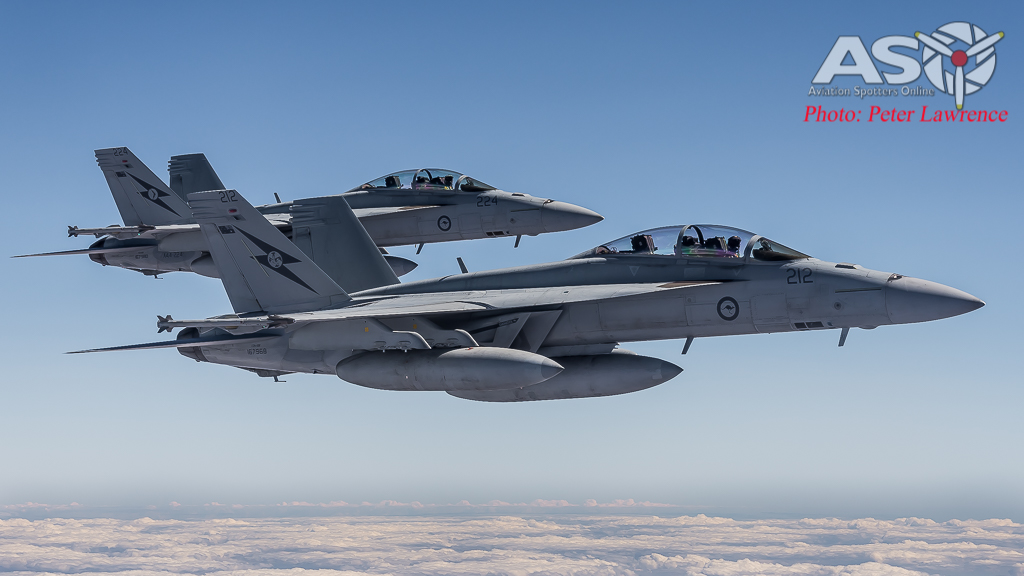The Initial Operating Capability for the Lead-In Fighter Capability Assurance Program (LIFCAP) was recognised at a ceremony at RAAF Base Williamtown today.
The Royal Australian Air Force’s pilots of the future are now flying the latest, digital standard of Hawk advanced jet trainer having accepted the first upgraded aircraft from BAE Systems. The first cohort from 79 Squadron at RAAF Base Pearce has commenced training, taking advantage of enhanced training capabilities which make the RAAF’s fleet amongst the most advanced in the world.
Each upgraded Hawk provides new training capabilities including simulated radar, electronic warfare, digital mapping, ground proximity warning system and traffic collision avoidance. The upgrade also includes the replacement of two legacy synthetic training devices with three full mission simulators provided by CAE. The upgrade of the Australian Hawk fleet is delivering an enhanced training capability to prepare pilots for life in the cockpit of fast jet aircraft including F/A-18 A/B Classic Hornets, F/A-18F Super Hornets, EA-18G Growlers and, when introduced into service in late 2018, the F-35A Lightning II Joint Strike Fighters.
BAE Systems’ engineering teams in Australia and the UK, together with CAE and Cubic Defense Applications Inc, have worked closely with the Commonwealth to deliver this enhanced capability. A joint team of BAE Systems and RAAF technicians has already completed the upgrade of 12 of the 33 fleet of aircraft. Once modified, all 33 aircraft will be almost identical to the Hawk Advanced Jet Trainer (AJT) of the UK’s Royal Air Force.

L-R, Wg CDR Carlos Almenara (A/OC 78WG), Gp Cpt David Langlois (OC TFSPO) and Mr Steve Sheard (Head of Engineering & Product Development, BAE UK) mark the achievement of this significant milestone for the BAE Hawk 127.
BAE Systems Australia Chief Executive, Glynn Phillips said: “The upgraded BAE Systems Hawk aircraft provides the RAAF with a leading edge capability and, coupled with the CAE full mission simulators, delivers a highly impressive Lead-In Fighter Training System (LIFTS) that will ensure Hawk retains its effectiveness into the next decade and beyond.
“The upgrade brings the RAAF Hawk up to the same platform capability as the most modern Hawk aircraft around the globe; allowing for future shared development and potentially shared cost, across multiple users.”

Some of the key members of the LIFCAP program, L-R, Gp Capt Robert Denny (Acting/CDR ACG), Gp Capt Langlois, Mr Steve Sheard, Mr Steve Drury (Head of Aerospace, BAE Australia), AIR CDRE Greg Hoffman (DG ACS), Mr Steve Underwood (BAE Australia), Wg CDR Carlos Almenara, Mr Matt Hall (TFSPO)
Acting Commander Air Combat Group, Group Captain Robert Denney said: “The Initial Operating Capability for the Lead-In Fighter Capability Assurance Program (LIFCAP) represented an important milestone in developing Air Combat capability and was essential for providing the quality and quantity of pilots and air combat officers for the Air Force.
“The LIFCAP introduces a major avionics upgrade to the Hawk 127 Lead-In Fighter, three advanced full mission simulators and operational support systems which will ensure that the Lead-In Fighter Training System (LIFTS) is capable of producing sufficient, suitably trained aircrew to operate F/A-18F Super Hornet, EA-18G Growler and F-35A Joint Strike Fighter aircraft. A mid-life upgrade to the Hawk was necessary to ensure its continued viability, to decrease risk to operational conversion output and to provide the LIFTS with adaptability to support the training requirements associated with the new platforms.”

A27-27 was one of the development airframes for the LIFCAP program. Seen here during a flight past Tomaree Headland in 2015
The upgrade of the aircraft has included full ground testing and developmental flight clearance by a joint RAAF/BAE Systems team beginning in 2014 at BAE Systems Australia at its Fast Jet facility at Williamtown, NSW and the fleet upgrade will be completed by early 2019.
Our thanks to the Royal Australian Air Force and BAE Systems for allowing us to cover this event.













Once again, brilliant footage of these remarkable training aircraft. We have watched them in flight and are envious of the young crews that man them.
Thank you very much Bevan. We’re glad you like the article and enjoy watching these aircraft flying, just as much as we do. Cheers.